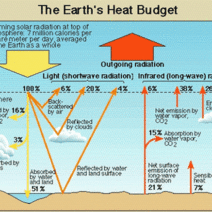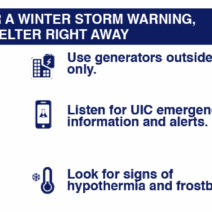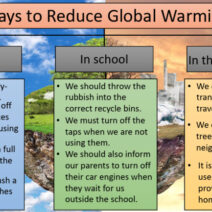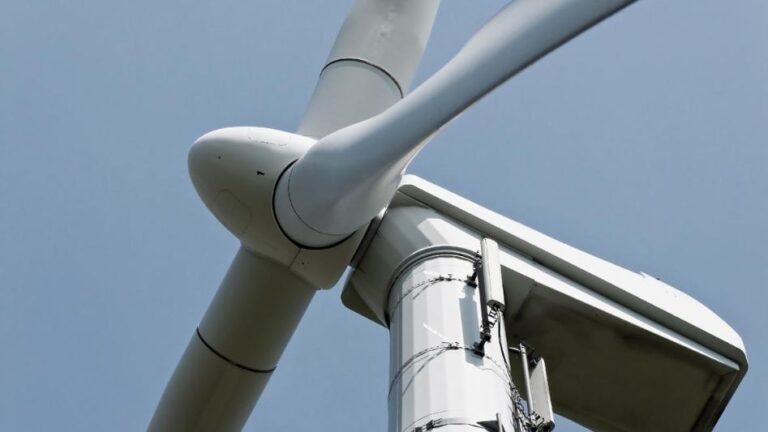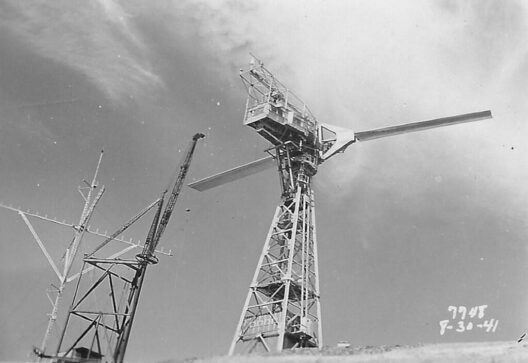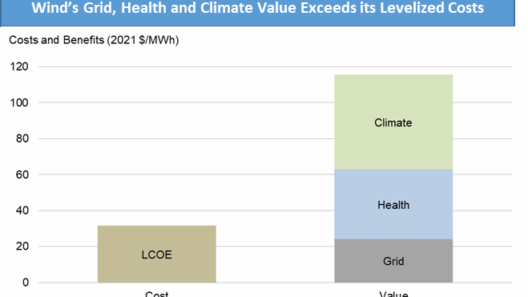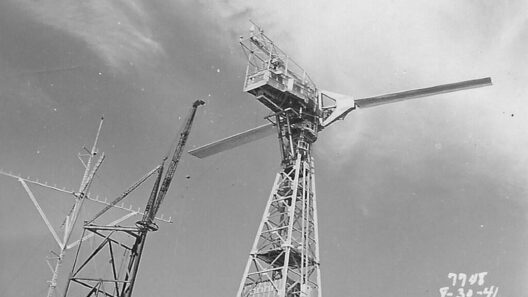Wind energy has emerged as one of the most promising and sustainable alternatives to fossil fuels, contributing to efforts in combating climate change and reducing our carbon footprint. Harnessing the kinetic energy of the wind to generate electricity is a sophisticated process that involves advanced technology and an understanding of fundamental scientific principles. This article delves into the intricate mechanics of converting wind into usable power, examining the underlying science that drives this increasingly critical energy source.
Understanding Wind Energy
Wind energy is derived from the movement of air caused by the uneven heating of the Earth’s surface by the sun. The phenomenon results in varying air pressure systems, leading to the creation of winds that can be harnessed to produce energy. Wind turbines, specifically designed for this purpose, play a pivotal role in capturing this energy. These structures consist of large blades mounted on a tower, enabling them to operate efficiently at significant heights where wind speeds are usually higher and more consistent.
When the wind blows, it passes over the turbine blades, generating lift and causing them to rotate. This conversion of kinetic energy into mechanical energy is the first critical step in the energy-generation process. The rotational movement is transmitted through a complex system of gears to a generator, ultimately producing electricity. This electricity is then fed into the electrical grid, where it can be distributed for commercial and residential use.
The Basic Components of a Wind Turbine
To comprehend the intricacies of wind energy production, it is essential to explore the primary components of a wind turbine:
Blades: Typically made from lightweight composite materials, the blades are designed to capture wind efficiently. Their aerodynamic shape allows them to exploit the lift generated when air flows over and under them, enabling effective rotation even at lower wind speeds.
Tower: The height of the tower is crucial for maximizing wind capture. Taller towers can access stronger and more consistent winds, reducing turbulence and enhancing overall efficiency.
Generator: This component converts the mechanical energy from the spinning blades into electrical energy. It typically operates on the principles of electromagnetism, where the motion of conductive materials within a magnetic field generates electricity.
Control System: To ensure optimal operation, modern wind turbines are equipped with sophisticated control mechanisms that monitor wind speed and direction. These systems can adjust the orientation of the blades (yaw control) and their angle (pitch control) to maximize energy capture and protect the turbine from damage during extreme weather conditions.
Types of Wind Turbines
Wind turbines are classified into two primary categories: horizontal-axis and vertical-axis turbines, each possessing unique advantages suited for differing applications.
Horizontal-Axis Wind Turbines (HAWT): The most common type, HAWTs, have blades that rotate around a horizontal axis. Positioned atop tall towers, these turbines can harness stronger winds at elevated heights. They can be found in wind farms, where multiple units operate in parallel to create large-scale energy production.
Vertical-Axis Wind Turbines (VAWT): Characterized by their vertical orientation, VAWTs are less common but have unique merits, especially in urban settings. They can capture wind from any direction without needing to adjust their orientation. Their design also provides benefits such as lower noise levels and reduced visual impact.
The Efficiency of Wind Energy Conversion
The efficiency of converting wind energy into electricity depends on various factors, including wind speed, turbine design, and location. The Betz limit, a theoretical maximum efficiency of 59.3%, dictates how much kinetic energy from the wind can be extracted. In practice, modern turbines often achieve efficiency ratings ranging from 35% to 45%, contingent on their design and operational conditions.
Wind Energy’s Contribution to the Energy Mix
Wind energy has witnessed exponential growth in recent years, emerging as a cornerstone in the renewable energy sector. It is recognized for its low operating costs once installed and its minimal environmental impact during operation. Increasingly competitive in comparison to traditional fossil fuel sources, the cost of generating wind power continues to decline thanks to technological advancements and economies of scale.
Wind energy also plays a vital role in achieving energy independence for many countries, decreasing reliance on imported fuels, and contributing to local economies through job creation in manufacturing, installation, and maintenance of turbines.
The Future of Wind Energy
The future trajectory of wind energy appears promising as innovations continue to revolutionize the industry. Emerging technologies such as offshore wind farms, which leverage the constant and powerful winds over oceans, are set to dramatically increase energy generation capacities. Floating wind turbine technology is also being developed to harness wind energy in deeper waters previously considered inaccessible.
Moreover, as we grapple with the impacts of climate change and increasing energy demands, investment in wind energy infrastructure is paramount. Collaborations between governments, private sectors, and communities will play a crucial role in scaling up wind energy operations, aligning with global sustainability goals.
Conclusion: Harnessing Wind for a Sustainable Future
As society progresses towards a more sustainable future, wind energy stands out as a beacon of hope. Understanding the science behind how wind turns into usable energy not only demystifies the process but also underscores the importance of this renewable resource in transitioning away from fossil fuel dependency. Through continued advancements and dedicated investment, wind energy will undoubtedly play a pivotal role in creating a resilient and sustainable energy landscape.
